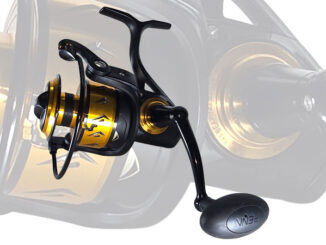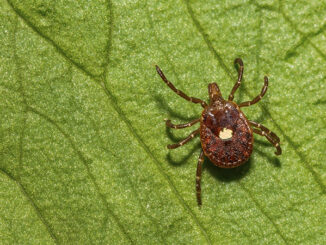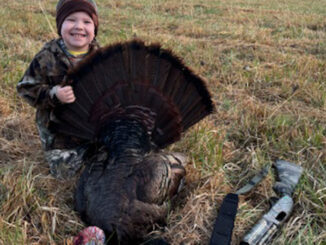Sheepshead anglers have it made in the shade
Expert tips for catching sheepshead under bridges
The 22-foot Ranger Bay boat slunk from glaring sun

The Penn Spinfisher VII is one of the smoothest and toughest reels on the market. […]

Research biologists believe Alpha-gal syndrome is one of the fastest-growing, and most misdiagnosed, illnesses among today’s population. […]

Rilyn Mabe, 5-years-old, killed his first turkey on Monday, April 8, 2024, while hunting with his dad. The turkey weighed 20 pounds. […]

You must be logged in to post a comment.
Copyright 1999 - 2024 Carolina Sportsman, Inc. All rights reserved.
Mike Marsh do you do any public speaking the the Wilmington NC area ? I am the chair person for my fishing club in Leland NC . Love to have you speak at one our meeting.